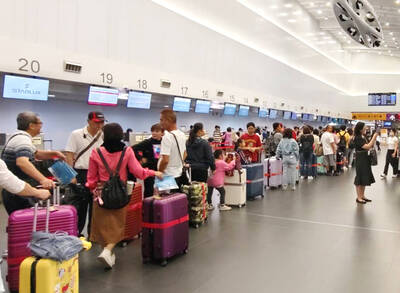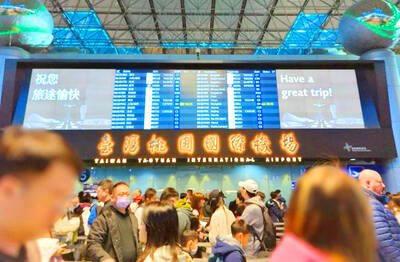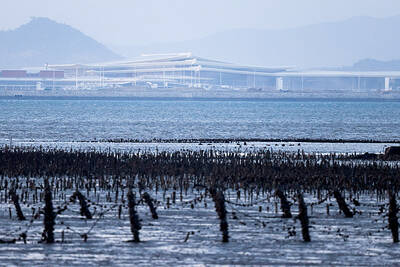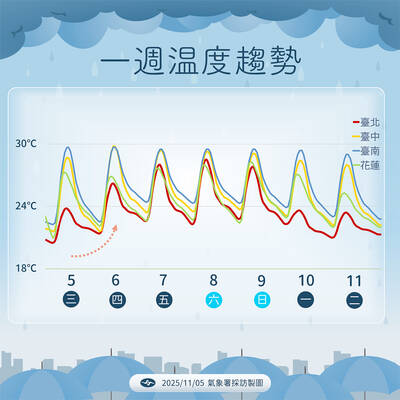The Ministry of Labor is today to implement new rules limiting migrant workers’ ability to work in a sector different from the one for which they received their visa.
The new rules come as Taiwan is facing a labor shortage, due in part to a ban on new migrant workers entering the nation since May 19 amid a COVID-19 outbreak, and despite criticism that the policy does not address underlying labor market problems.
Since the entry suspension, employers of foreign caregivers have increasingly filed complaints, saying that their employees are seeking permission to leave for higher-paying factory jobs, the ministry said.
Ministry statistics showed that from January through May, 1,751 foreign caregivers had left their positions to pursue factory jobs, compared with only 287 workers in all of last year.
Under the new policy, promulgated on Friday, consent from their employer would no longer be sufficient for workers to take a job in a different sector.
Once they have left their position, they would have to register for a transfer with a government-run employment service center, which would advertise their services to employers within their current sector for 14 days, the ministry said.
If no employer in their sector would offer them a job, the center would then help them seek employment in other sectors, the ministry said.
The policy distinguishes between five industries — domestic care, manufacturing, fishing, agriculture and construction — and does not affect regulations on changing positions within the same industry, it added.
If a migrant worker cannot find a new job within 60 days of filing their transfer registration — either because they have not received any offers or because they have refused them — the workers would need to return to their home countries, the ministry said, adding that it would grant one extension to the 60-day period.
During the policy’s preview last month, labor groups, including the Taiwan International Workers Association, sharply criticized it for ignoring fundamental issues migrant workers are faced with, such as long working hours or low wages, saying that they were driving them to seek jobs in other industries.
At a protest on July 27, a caregiver from the Philippines who goes by the nickname “Lovely” said that her monthly salary is only NT$17,000, despite having almost no time off.
Most caregivers want to transfer to factory jobs where they can earn the minimum wage of NT$24,000 per month, she said, adding: “Is that greedy?”
The Workforce Development Agency yesterday said in a statement that the ministry must “prioritize” measures to ensure that foreign workers remain in jobs for which they have had professional training and for which they were recruited.
As of the end of last month, about 237,000 of Taiwan’s nearly 700,000 migrant workers were employed as domestic caregivers, ministry data showed.

Three Taiwanese airlines have prohibited passengers from packing Bluetooth earbuds and their charger cases in checked luggage. EVA Air and Uni Air said that Bluetooth earbuds and charger cases are categorized as portable electronic devices, which should be switched off if they are placed in checked luggage based on international aviation safety regulations. They must not be in standby or sleep mode. However, as charging would continue when earbuds are placed in the charger cases, which would contravene international aviation regulations, their cases must be carried as hand luggage, they said. Tigerair Taiwan said that earbud charger cases are equipped

Foreign travelers entering Taiwan on a short layover via Taiwan Taoyuan International Airport are receiving NT$600 gift vouchers from yesterday, the Tourism Administration said, adding that it hopes the incentive would boost tourism consumption at the airport. The program, which allows travelers holding non-Taiwan passports who enter the country during a layover of up to 24 hours to claim a voucher, aims to promote attractions at the airport, the agency said in a statement on Friday. To participate, travelers must sign up on the campaign Web site, the agency said. They can then present their passport and boarding pass for their connecting international

UNILATERAL MOVES: Officials have raised concerns that Beijing could try to exert economic control over Kinmen in a key development plan next year The Civil Aviation Administration (CAA) yesterday said that China has so far failed to provide any information about a new airport expected to open next year that is less than 10km from a Taiwanese airport, raising flight safety concerns. Xiamen Xiangan International Airport is only about 3km at its closest point from the islands in Kinmen County — the scene of on-off fighting during the Cold War — and construction work can be seen and heard clearly from the Taiwan side. In a written statement sent to Reuters, the CAA said that airports close to each other need detailed advanced

UNKNOWN TRAJECTORY: The storm could move in four possible directions, with the fourth option considered the most threatening to Taiwan, meteorologist Lin De-en said A soon-to-be-formed tropical storm east of the Philippines could begin affecting Taiwan on Wednesday next week, the Central Weather Administration (CWA) said yesterday. The storm, to be named Fung-wong (鳳凰), is forecast to approach Taiwan on Tuesday next week and could begin affecting the weather in Taiwan on Wednesday, CWA forecaster Huang En-hung (黃恩鴻) said, adding that its impact might be amplified by the combined effect with the northeast monsoon. As of 2pm yesterday, the system’s center was 2,800km southeast of Oluanbi (鵝鑾鼻). It was moving northwest at 18kph. Meteorologist Lin De-en (林得恩) on Facebook yesterday wrote that the would-be storm is surrounded by